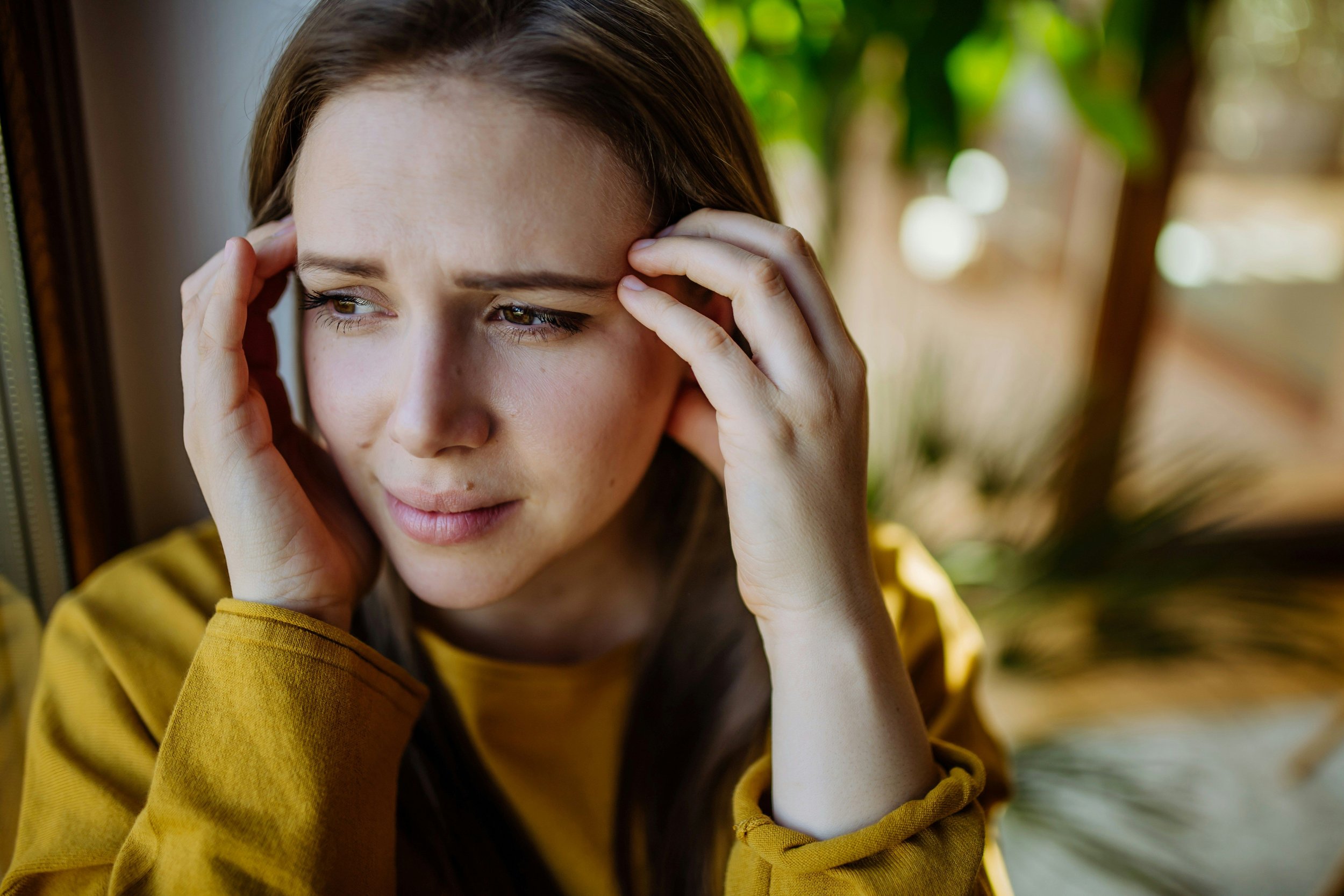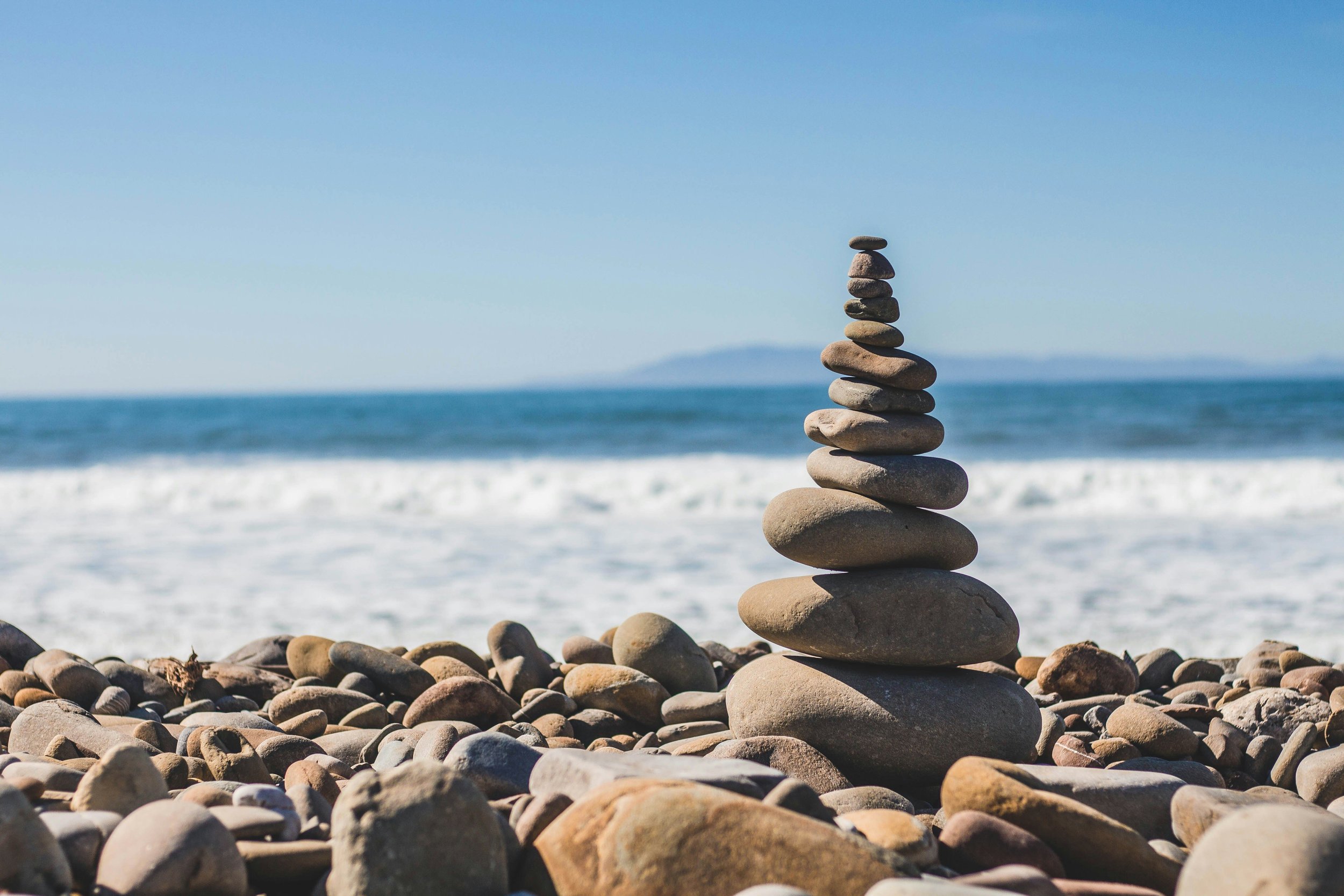What is Anxiety?
Anxiety is most often experienced as a combination of uncomfortable feelings and sensations in the body, and worrying, fearful, or racing thoughts in the mind. It is a sense of threat that can range from mild unease to intense panic. Anxiety can be situational, or it can arise from specific thought patterns. For some it’s a chronic feeling throughout the day that simply varies in intensity. Most of us with chronic anxiety spend an enormous amount of energy just trying to manage the symptoms, and this leaves us feeling exhausted, and can sometimes lead to feelings of hopelessness and depression.
I know this cycle well, as I struggled with it for much of my adult life. I know how painful it can be, and how frustrating it can be when attempts to control it make it even worse.
The good news is that there is a way out. With a little courage and support, we can find our way through one step at a time.
The first steps toward finding relief from anxiety often involve learning a handful of simple yet effective ways of bringing our activation levels down. When we are highly distressed, it can be difficult to process our thoughts and emotions, so it’s essential to start by learning to discharge some of our stress in a healthy way. This alone can provide tremendous relief and foster a sense of empowerment.
Once anxiety is at a more manageable level—around a 6/10 or lower in intensity—we can begin exploring the underlying patterns that sustain it. Anxiety is often fueled by specific ways of thinking, relating (both to ourselves and others), and focusing our attention. From a compassionate and accepting viewpoint, we will identify these patterns and introduce tools, techniques, and perspectives to help shift them. Since every person’s healing journey is unique, we will work together to discover the strategies that resonate most with you, practicing them in the safety of a supportive and nurturing environment.
At its core, anxiety arises when a part of our brain perceives a threat and sounds an alarm, manifesting as distress in the body. The key to easing anxiety is learning how to communicate with this part of our brain, showing it, in a manner of speaking, that we are actually safe in the present moment. Once the brain genuinely registers safety, the alarm no longer needs to sound, and anxious patterns naturally begin to dissolve.


